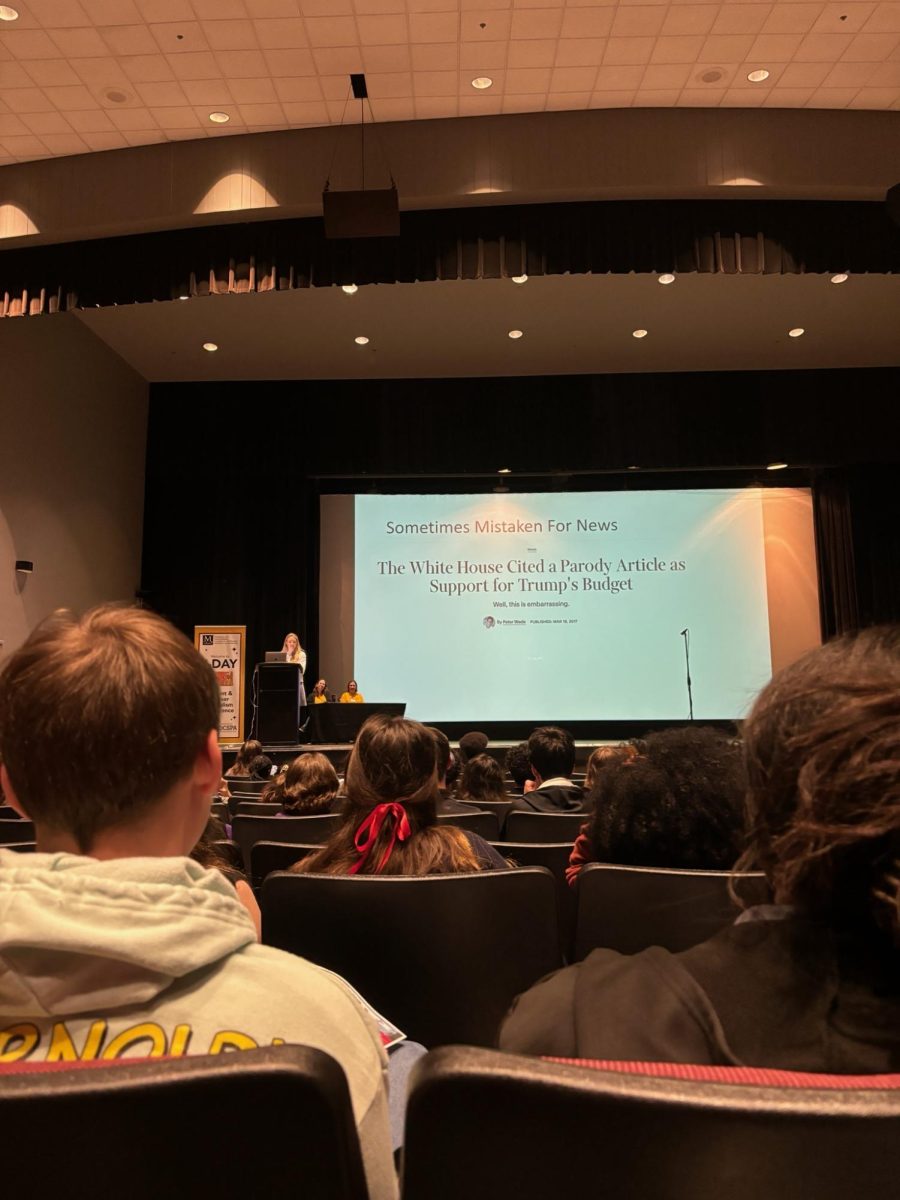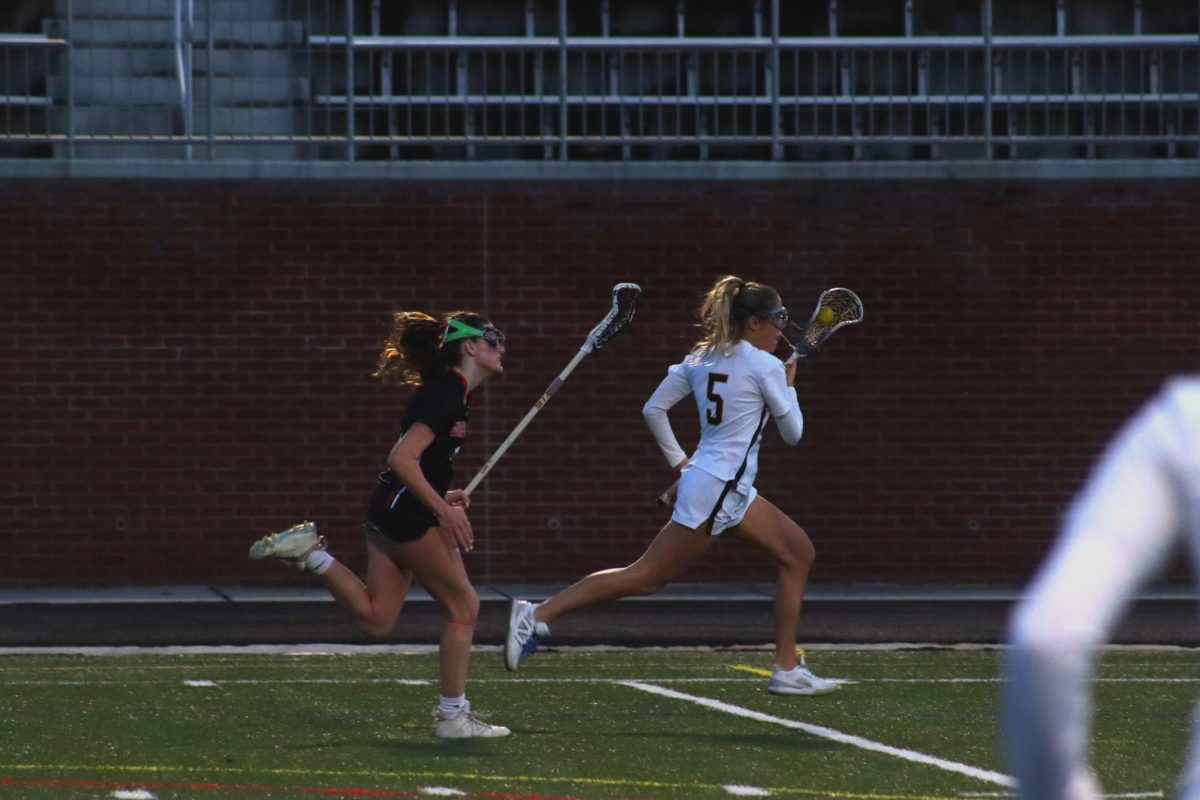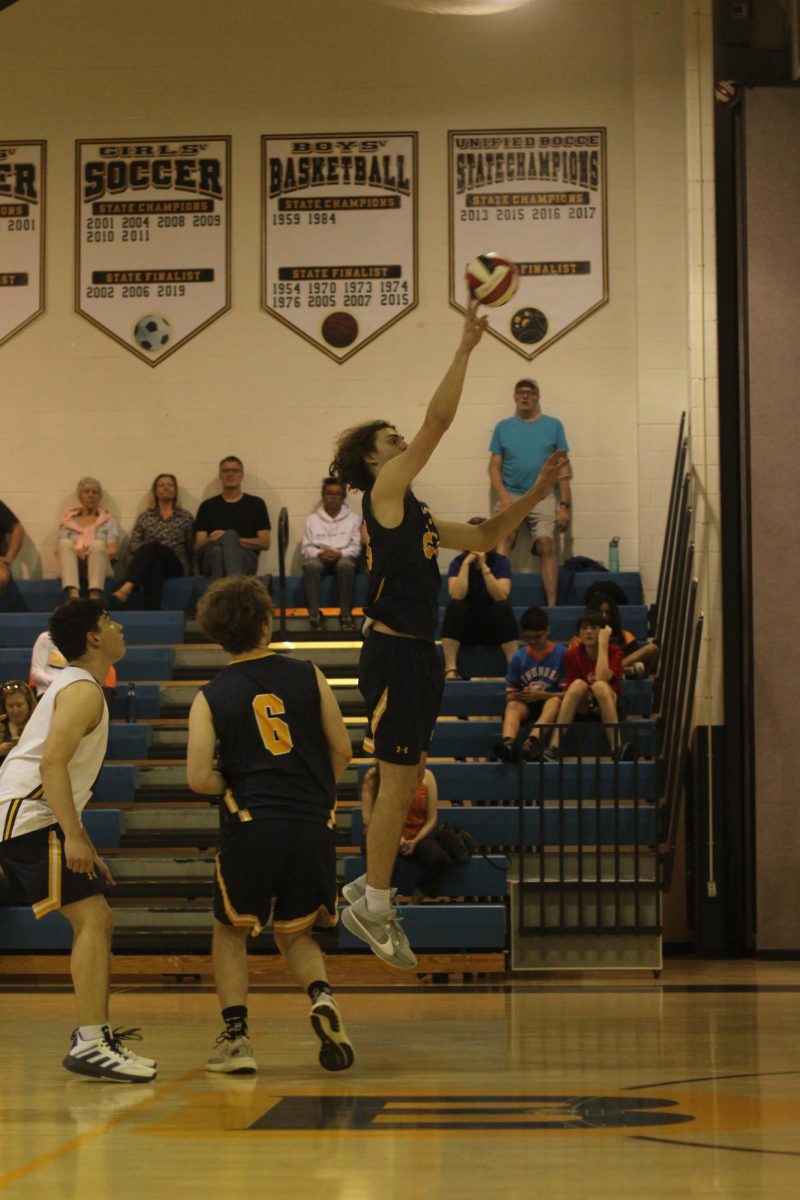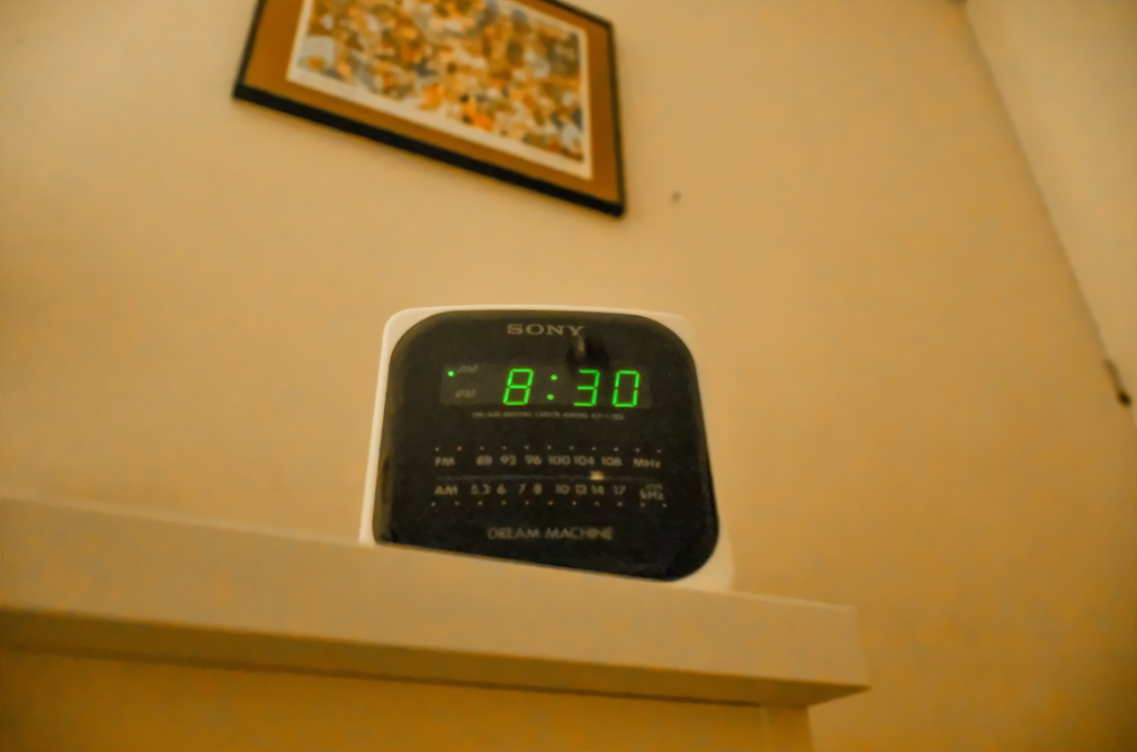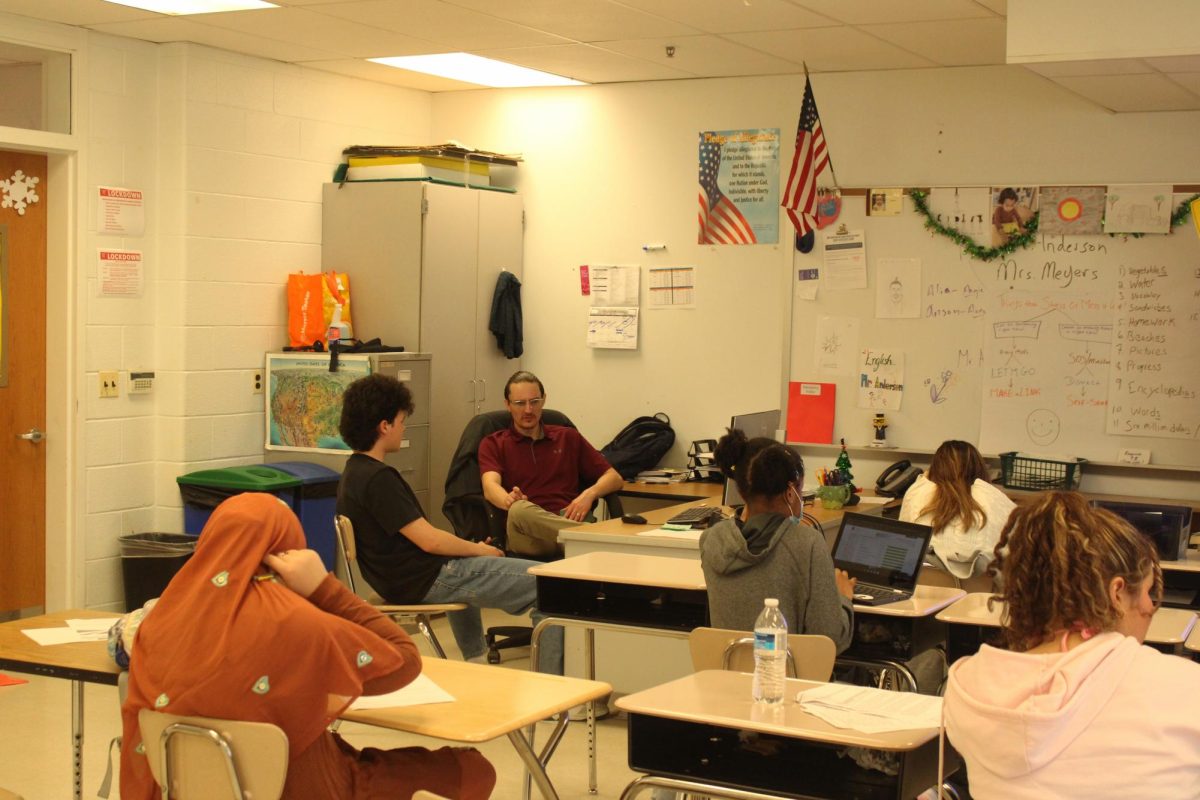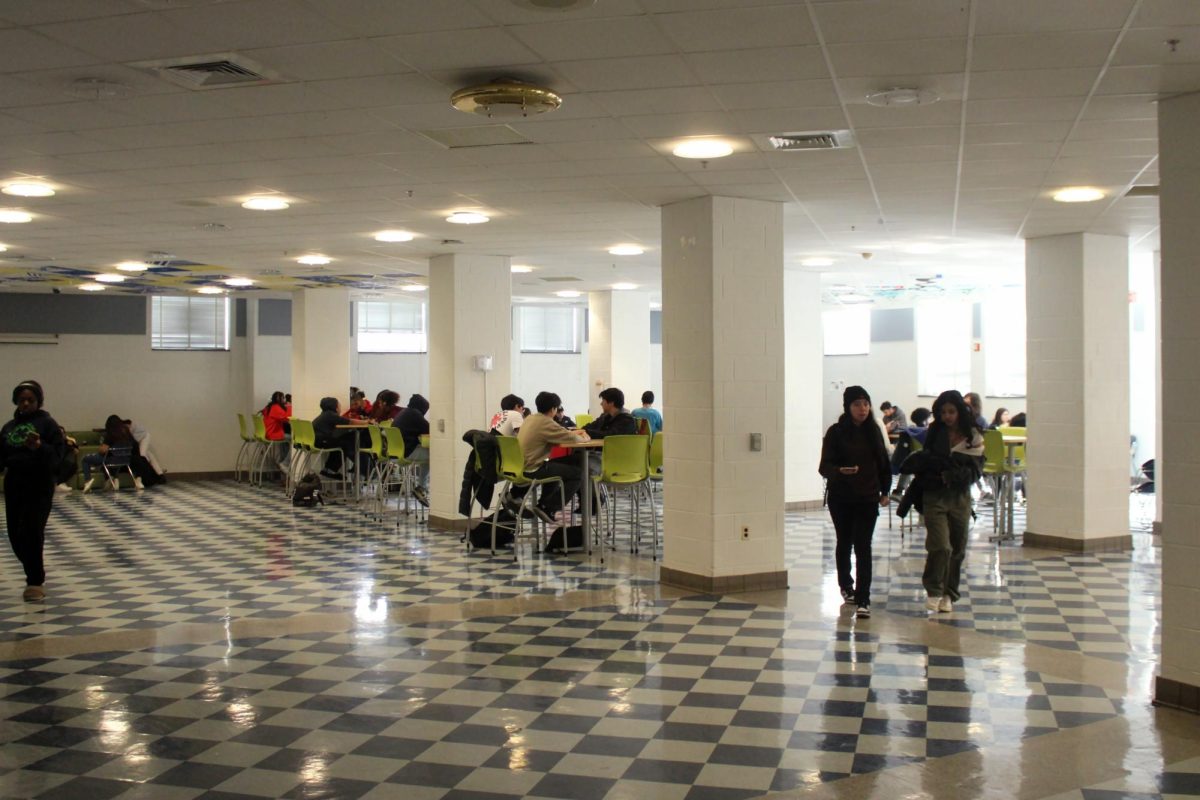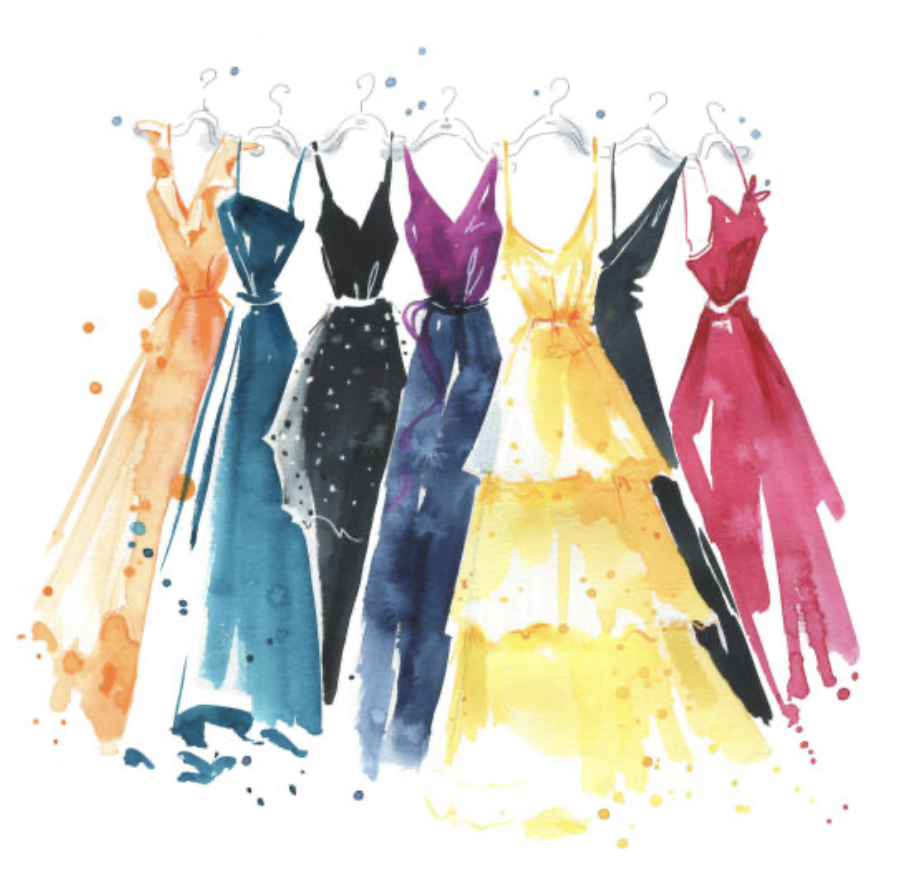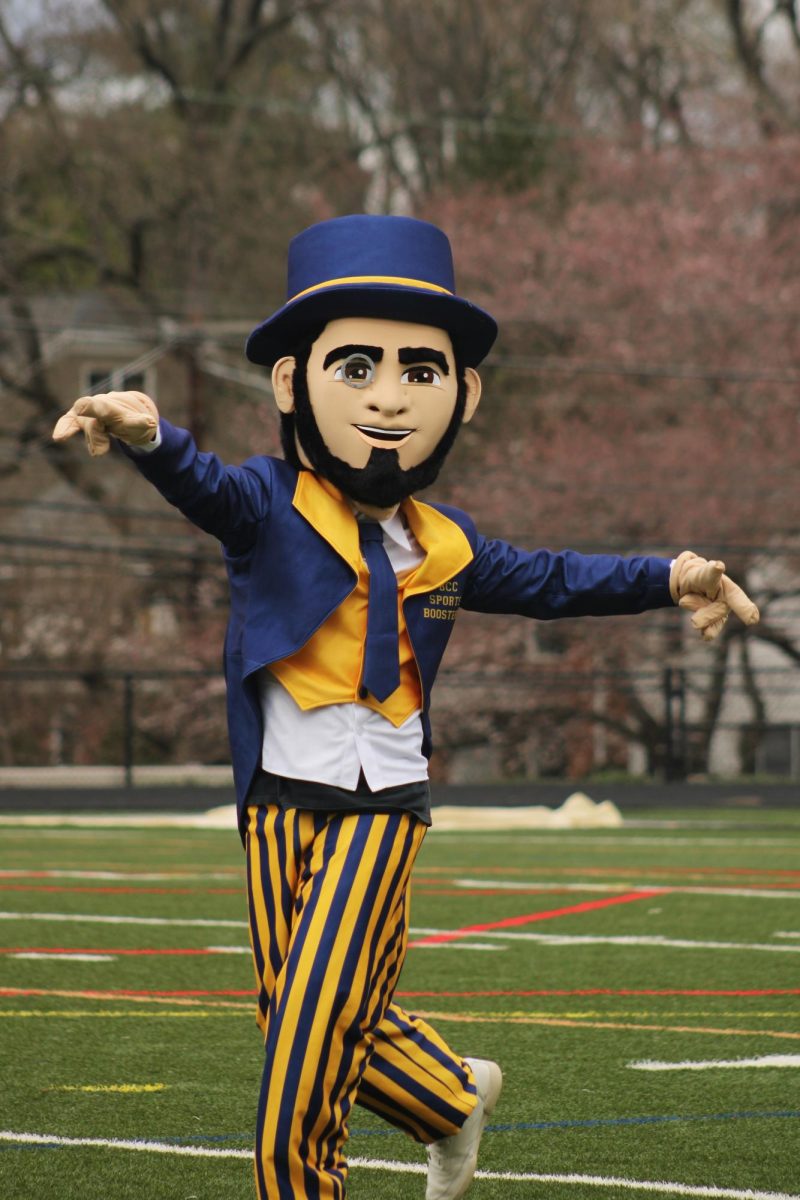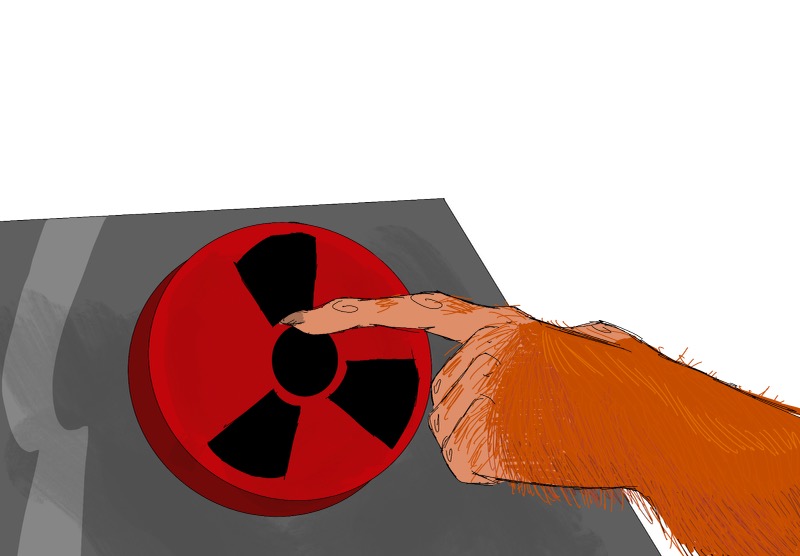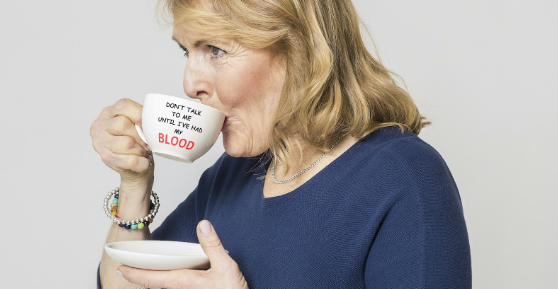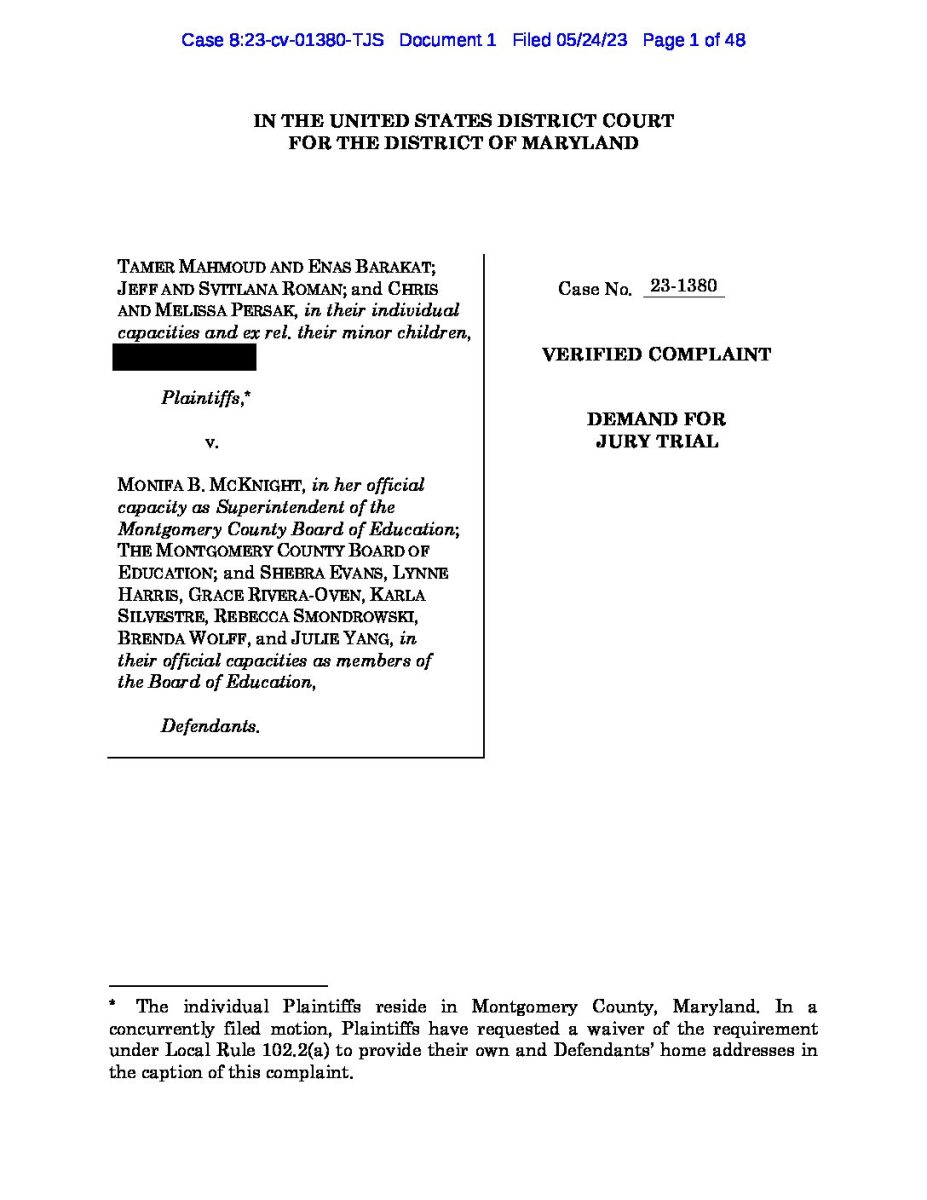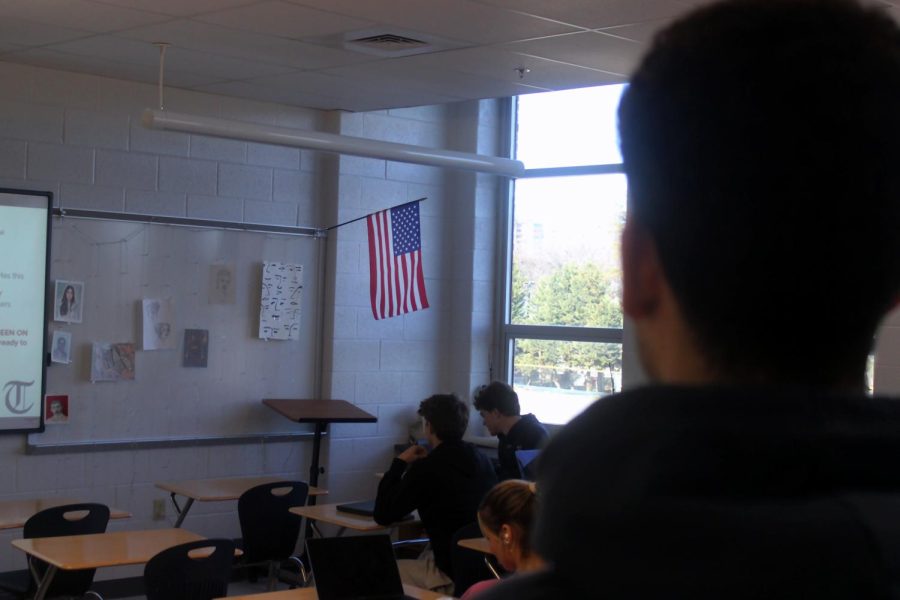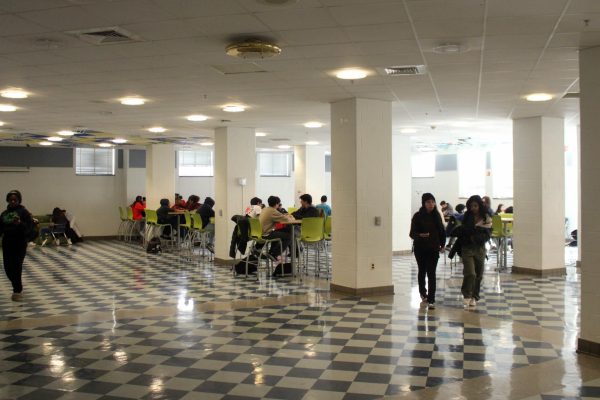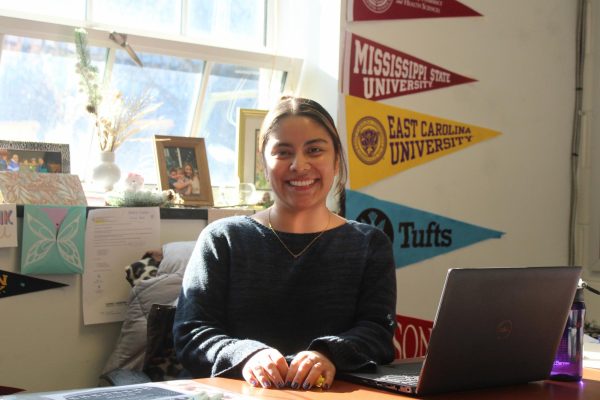The Pledge of Allegiance: Standing (or sitting) for Something
“Please stand for the pledge of allegiance.”
February 3, 2023
“Please stand for the pledge of allegiance.”
Every morning, students hear this sentence during announcements. Looking around the classroom, the majority of students sit during the pledge, leaving only a handful left standing.
Emilie Lynch, a junior at B-CC, sits as a socio-political protest, believing the flag represents a darker side of America: “I don’t stand for the pledge of allegiance because it doesn’t represent what I value or believe. Why should I pledge my allegiance to a country that has wronged so many groups of people for hundreds of years and continues to do so today?”
She takes particular issue with the line “With liberty and justice for all,” which she finds ironic and untrue. She commented, “The people who created the pledge did not have liberty and justice for everyone in their minds. They were leaving a lot of people out in that statement.”
However, Max Veksler, a junior at B-CC, stands for the pledge to represent his pride in American strength and the hope that it will continue growing: “I stand for the pledge of allegiance to honor and respect those fighting and those who have fought to protect our country. I stand to respect America as a whole, how we’ve matured as a country, and how we will continue to grow and be welcoming towards all, have freedom, be fair, and have the opportunities in life that we do in America.”
As one of three people that stands up for the pledge in his class of 25 students, Max thinks that “they may feel uncomfortable or insecure standing up as it’s not ‘socially normal’ to stand up for the pledge anymore.”
Speaking to this phenomenon, Alex Coulouris, a student at B-CC who sits during the pledge, commented, “being ‘politically correct’ is important…in a pretty liberal area like Bethesda. It’s a pretty big statement to do things that are very traditionally ‘patriotic’ like standing for the pledge.”
This difference of opinion is not just happening just in high schools; middle-school students are starting to form opinions about whether to sit or stand. Ella Hottel’s younger brother, who attends Silver Creek Middle School, does not stand up for the pledge. Yet when Emilie was in middle school, “If I would stand, it was largely out of habit and not because I understood the meaning of it. This changed once I started to understand more about what the pledge means and the impact of saying it.”
Many protests, including the Black Lives Matter marches and NFL quarterback Colin Kaepernick’s taking a knee, have caused students to rethink their views on this tradition in American education. Students’ eyes have been opened to new injustices, such as racial inequity, border treatment, and transgender rights, and they are motivated to take action.
Ultimately, everyone is entitled to their own choice of whether to stand or sit during the pledge. What matters is the intentionality. Whether you sit or stand, you are making a statement that changes the socio-political landscape.
If you don’t stand (or sit) for something, you’ll fall for anything.


